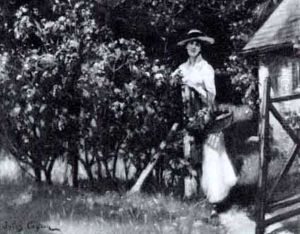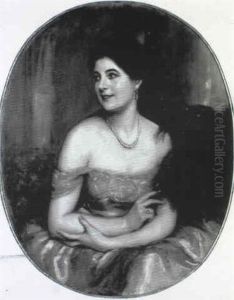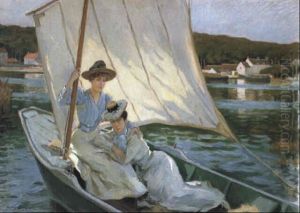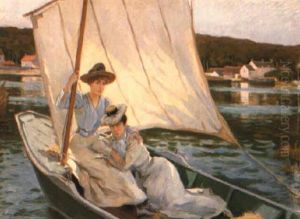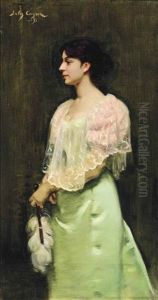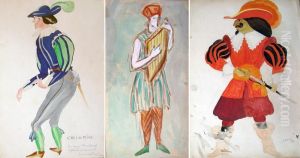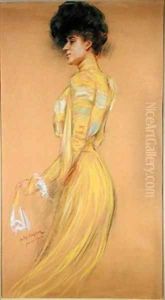Jules Cayron Paintings
Jules Cayron was a French painter and sculptor born in 1874 in Marseille, France. He is known for his contributions to the Symbolist movement and for his public sculptures which can be found in various locations throughout France. Cayron's artistic journey began at the École des Beaux-Arts in Marseille before he continued his studies in Paris, where he was heavily influenced by the Symbolist movement, a trend that sought to represent ideas and emotions through allegorical imagery and was closely related to literature and poetry of the time.
Cayron's works often featured mythological and allegorical subjects, with a strong emphasis on the female form, combining elements of mysticism and sensuality. His style was characterized by fluid lines, intricate detailing, and a subtle interplay of light and shadow. He was also known for his decorative arts, including ceramics and jewelry design, which showcased his versatility as an artist.
Throughout his career, Cayron exhibited his works at various salons and exhibitions. He was affiliated with the Société des Artistes Français and the Salon d'Automne, where he regularly showcased his sculptures and paintings. His public works include monuments and memorials that commemorate historical events and figures, which are often imbued with a sense of national pride and remembrance.
Jules Cayron's artistic output declined with the advent of World War I, as did the popularity of Symbolism. The war's impact on the cultural landscape of Europe led to the emergence of new art movements that eventually overshadowed the Symbolist aesthetic. Despite this, Cayron continued to work and contribute to the art scene until his death in 1940, leaving behind a body of work that, while not as widely recognized today, played a role in the rich tapestry of French art at the turn of the 20th century. His sculptures and paintings remain a testament to the Symbolist movement's fascination with the mystical and the emotional, and they continue to be of interest to art historians and collectors specializing in this period.

